
Named after their discoverer Galileo Galilei, the four moons orbiting Jupiter are easy to observe using binoculars or a small telescope.
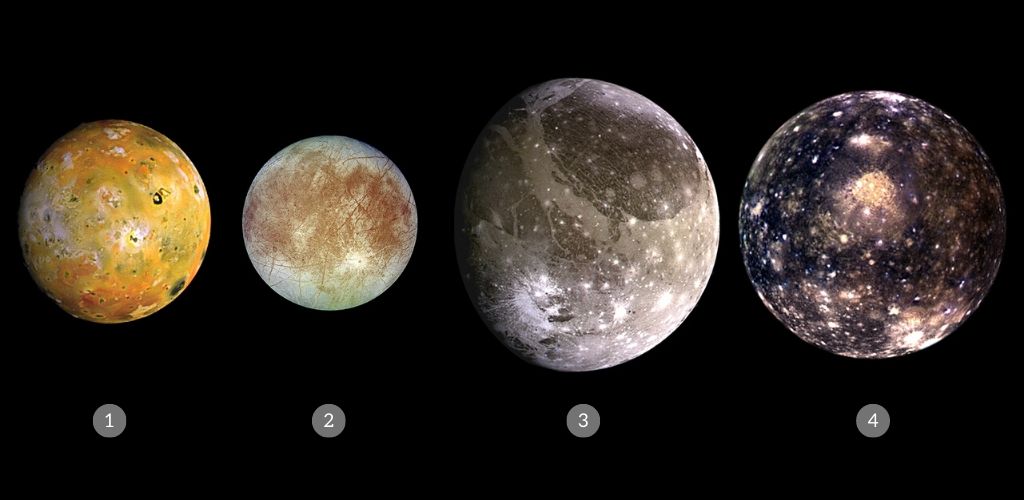
The moons of Jupiter are among the most fascinating things to observe in the night sky. Why? They change position from night to night and are easy to discern. 10×50 or even 7×50 binoculars are enough to observe the Galilean moons.
Noticed for the first time in 1610 by the Italian astronomer Galileo, the moons of Jupiter have proven to be an inexhaustible source of fascination for amateur and professional astronomers.
Jupiter, as we now know, has dozens of moons that revolve around it, but only the four largest are visible using an amateur telescope from Earth.
Among the most interesting things to watch is the way they move, almost on an hourly basis. They can change position from two moons on each side of the planet to alignment on one side and many other combinations.
What is even more interesting are the occultations and transits. An occultation occurs when one of the moons passes behind the planet Jupiter and seems to disappear for a short time. When they pass in front of Jupiter, this is called a transit.
The four main Galilean moons
1) Io
Diameter: 3,642 km
It is the innermost of the four moons, it is continuously shaped by the gravitational pull of Jupiter and therefore has a molten core. It is the most active geological object in the solar system. It has active volcanoes that produce plumes of sulfur.
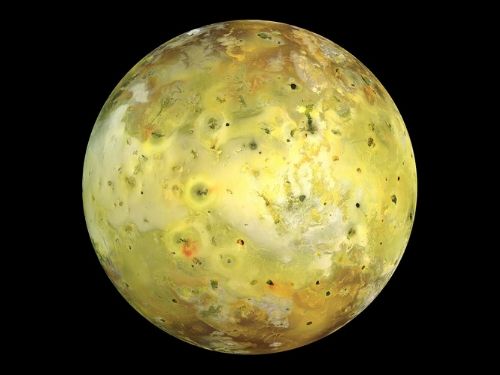
2) Europa
Diameter: 3,121 km
Europa is Jupiter’s smallest moon. Its very thin atmosphere is made of oxygen. It is believed that it could have an ocean of water beneath its icy surface. It is also believed that this ocean could harbor life.
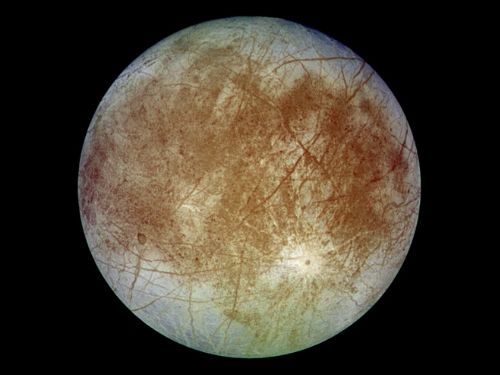
3) Ganymede
Diameter: 5,262 km
Not only is Ganymede the largest moon of Jupiter, but it is also the largest in the solar system. It is even slightly larger than the planet Mercury, and also has the largest mass of all planetary satellites, a little more than twice the mass of the Moon.
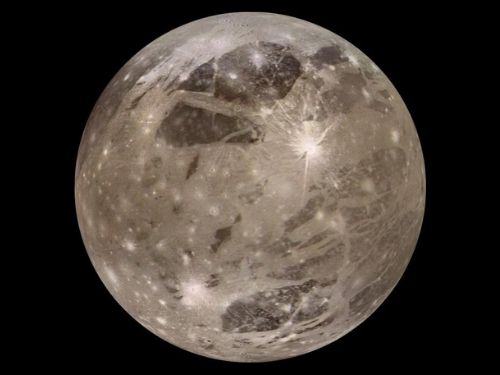
4) Callisto
Diameter: 4,820 km
Callisto is the third largest moon in the solar system. Callisto is a little smaller than Mercury. It is in synchronous rotation with Jupiter and therefore always shows the same face to Jupiter. It is made up of rock and ice and could contain liquid water.
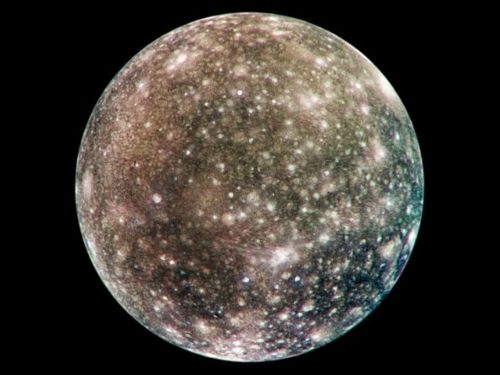
Which telescope is needed to observe the moons of Jupiter?
You can observe the four Galilean moons with normal binoculars, 7×50 or 10×50 binoculars are ideal for this. You can watch them move around Jupiter, night after night. If you have a small telescope which you can increase the magnification according to the eyepiece used, you will be able to see the planet more precisely and the moons will be more visible.
Among the most interesting events to observe in the solar system are the transits, the occultations and the shadows of the transits which allow us to follow the shadow cast by each moon on the surface of Jupiter. This can be followed by the transit of the moon itself before, during and after the passage of the shadow. To see them well, you will need a refractor telescope with an aperture of 75 mm or a reflector telescope with an aperture of 150 mm.
A magnification factor of about x120 is required, or even more, just like a good quality eyepiece. Plössl eyepieces are suitable because they offer an interesting width and field with a minimum of distortion. Keep in mind that the quality of the atmosphere also matters a lot. You will need to reduce magnification if the atmosphere is particularly unstable as this may cause a cloudy image. Telescopes with a longer focal length are preferable for planetary observation.

Image credits:
- 4 galilean moons: Image courtesy NASA/JPL-Caltech. / Public domain
- Io: NASA / JPL / University of Arizona / Public domain
- Europa: NASA/JPL/DLR / Public domain
- Ganymede: National Oceanic and Atmospheric Administration / Public domain
- Callisto: NASA/JPL/DLR(German Aerospace Center) / Public domain